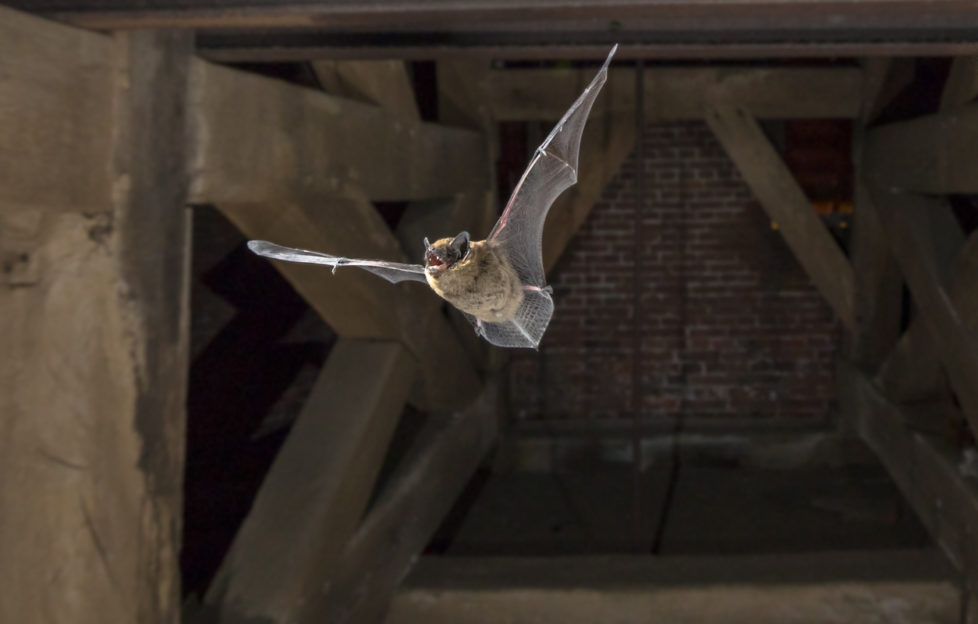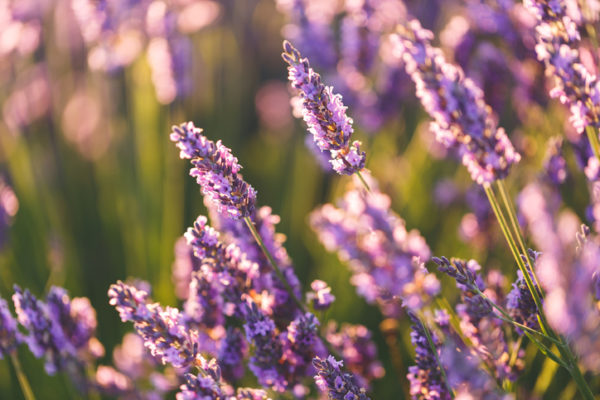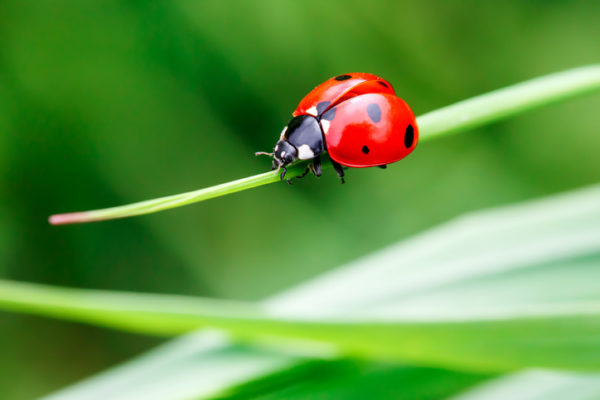Looking After Bats

It’s Bat Appreciation Day, so we’re taking a look at how you can do your bit to help them thrive.
Bats are nocturnal creatures, seen dimly at dusk and very occasionally during the day. Their large wings make them look bigger than they really are, and as they swoop down chasing insects, people sometimes feel uneasy.
One in four mammal species is a bat. Yet, despite their prevalence, misunderstandings can arise from just not knowing much about them.
These days, there are fewer wooded areas, ponds and open grass spaces for bats to feed and roost as roads and buildings have now replaced them. These features can also create barriers for some bats. Links to the countryside, like hedges and front gardens that make up green corridors, have been lost or fragmented.
Careful planning will increase the value of your garden or green space to bats and other wildlife, however small it is. A garden that is good for insects is good for bats. Even a window-box or tiny town garden can attract insects, which in turn attract bats.
Here are some ideas for plants and other ways that you can give them a helping hand.

- Aim to grow as wide a range of flowers as possible throughout the year. Try long-pollen-tubed flowers like honeysuckle or Scotch thistle, which attract moths. Herbs and aromatic flowers are popular with a wide range of insects – especially lavender and majoram. Aquatic plants are also great for insects.

- If you have a wall or fence, grow climbing plants like ivy against it. Also, a small hedge or sheltered belt, created by walls and fences, encourages a concentration of flying insects which in turn will attract bats and birds.

- Reduce your light pollution. All bat species are nocturnal, resting in dark conditions during the day and emerging at night to feed. Artificial light, such as street lights, garden security lighting, or decorative lighting on homes and trees, can have a detrimental effect on bats by affecting the time they roost and come out to hunt. You can support bats in your neighbourhood by reducing or turning off your garden lighting.

- Allow a patch of grass to grow long as this is an important habitat for many insect larvae.

- Avoid using pesticides and encourage natural predators instead. Predatory beetles, centipedes, hoverflies, ladybirds, lacewings and ground beetles are the gardener’s friends. They will happily move into compost heaps, log piles and rockeries and will show their appreciation by polishing off your garden pests.
Visit the Bat Conservation Trust to find out more about these amazing wee creatures.
Click here for more hints and tips on how to look after some of the other wild animals in our lives.










